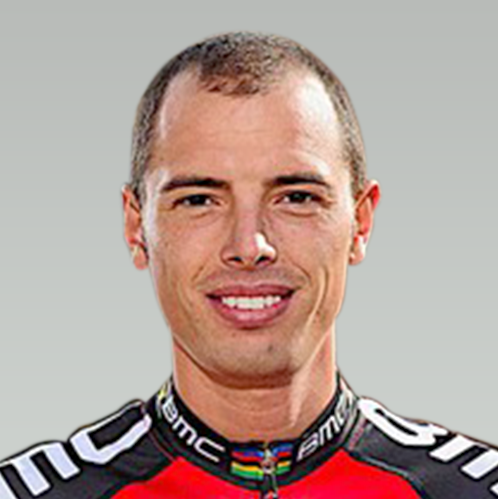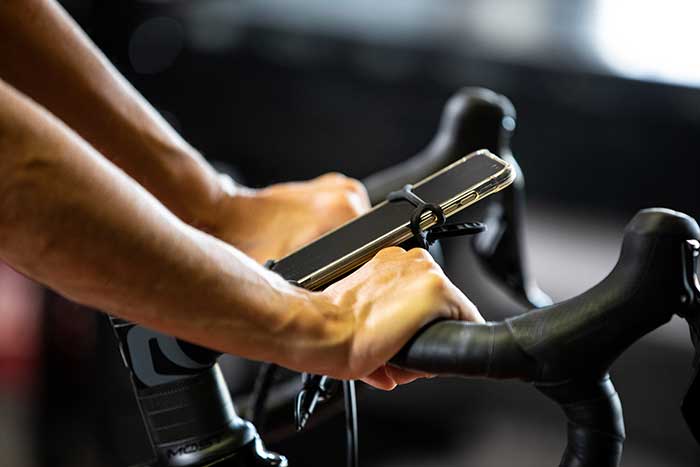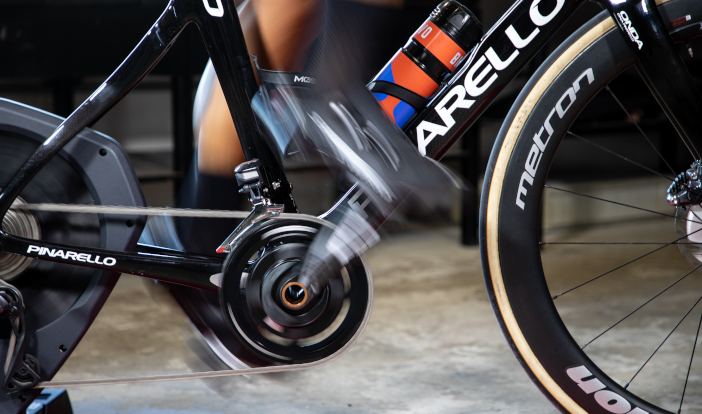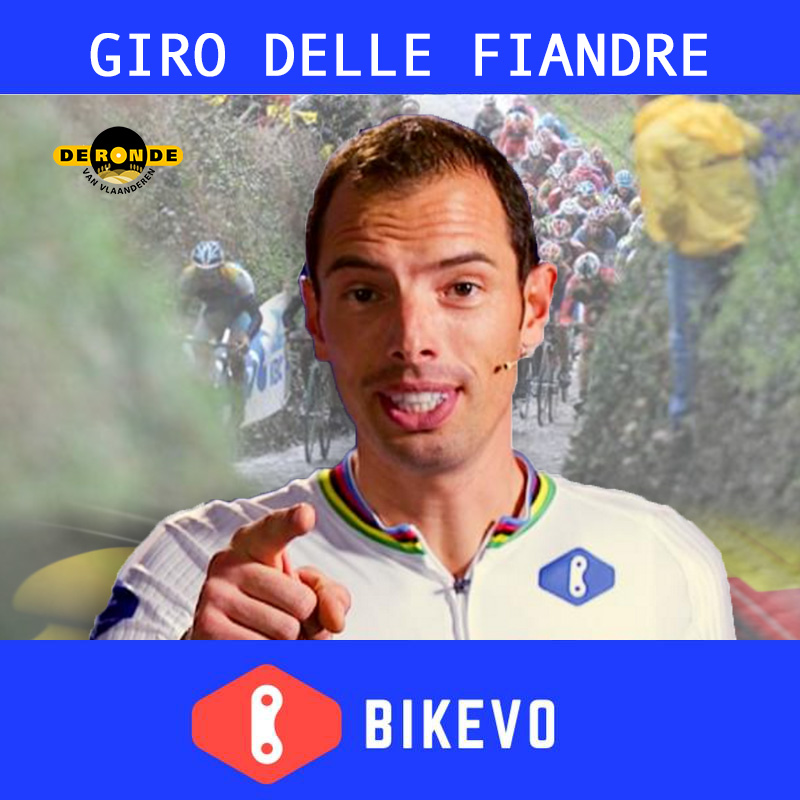The Tour of Flanders is one of the most beautiful classic races. Our Alessandro Ballan is the last Italian to win this race, in 2007. He will tell us more about this race and his experience.
The Tour of Flanders is one of the most beautiful classic races. Our Alessandro Ballan is the last Italian to win this race, in 2007. He will tell us more about this race and his experience.
The Tour of Flanders will take place 2 April. This year the race will not start in Bruges but in Antwerp. The finish is still in Ouenaarde after a 260 kilometers long ride, 18 steep climbs and 5 segments with cobblestones. This year, 95 kilometers before the finish line, the riders must face the famous “Wall” of Geraardsbergen, after it was excluded from the course for four years. The finale consists as always of 45 kilometers with a brutal sequence of steep climbs including Koppenberg, Steenbeekdries, Taaienberg, Kruisberg, Oude-Kwaremont and, for the second and last time during the race, Paterberg, located 13 kilometers from the finish line.
As told by Alessandro Ballan:
The Tour of Flanders is a beautiful race and, in my opinion, maybe the most beautiful among the classic races. When amateurs ask me which of the classic races they should try, I always suggest this one. I consider it to be the most beautiful because of its suggestive route. It covers the best parts of Flemish Belgium where cobblestones reign. The climbs of Paterberg, Koppenberg and Molenberg are stunning. They are just a few of the famous steep ascents along the course that are, in part or completely, covered with cobblestones. The day of the race all of Belgium can be found along the route cheering on the riders. In this country cycling is one of the foremost sports. Long corridors of fans are lined up along the course for almost over 250km. The great thing about the crowds is that they do not only cheer on the first athletes but also those at the rear. They do not hold back on applause and even the lesser known riders are surrounded by children wanting an autograph and a dedication.
This race has changed much over the last years. I won in 2007 and still have a distinct recollection of the race. The majesty of the course is heightened by the rapid sequence of steep climbs during the last fifty kilometers. The course allows the public to move from one hill to another with a certain ease and witness the most exciting parts of the race.
It is an extremely trying undertaking and, even for expert cyclists, difficult to interpret. Already in the first climbs a selection is made among riders, but it is during the climb of Kwaremont that the fortunate of the day emerges and the last energy left is spent. Kwaremont, in fact, became the launching pad for the strongest to take the final victory. Personally, I do not like the 7 or 8 km of flat land that separate Paterberg from the finish line. Riders meet a strong wind head-on while they try to make a brave escape in solitude.
My Tour of Flanders
I consider Flanders “my race”. I have participated 7 or 8 times and placed, besides the victory in 2007, third, fourth, fifth, and sixth among the top ten, and had two other placements among the first 20 athletes. When I was a professional cyclist, this was a race I deeply respected. Every time I gave it my all to take home the best result possible for that day.
My first year as a pro cyclists in the Tour of Flanders was one of immense emotions. I was very scared of the steep climbs and cobblestones, but at the same time felt myself being carried forward by the cheering crowds, so loud that they caused shivers down my spine. A change in my feelings towards this race came in 2005. That year I dared to try an escape fifty kilometers from the arrival but was overtaken in the very last part by the best cyclists. I took home a sixth place which filled me with pride. Not so much because of finishing in the top ten, but because of the great cyclists I was able to stick with until the end. That year Tom Boonen won, getting the better of Klier and Van Petegem.
In 2007 I was one of the favorites because I had just won the Three Days of De Panne. But statics showed that only a very small number or cyclists win both races in the same year. That year, however, I won from the local favorite. I placed myself alongside Boonen at the foot of the Grammont, accelerating instantly to leave him behind in the climb. At the end of the descent I waited for Leif Hoste because there were still 12 kilometers to go the finish line and alone I would have risked getting overtaken again. That is how we arrived in a stunning final sprint in which he surprised me with a quick change of pace. I was riding in a heavy gear and immediately lost four meters. At this point in the race it seemed that the outcome had been decided. But I continued to believe until the very end that I could make it, notwithstanding that my rational said otherwise. I gave it everything, closed the distance, and in the last 50 meters surpassed and defeated him with a launch that I still remember as if it happened yesterday. I can still recall that moment of nearly compressed silence at the finish line, when the crowd did not yet understand who had won. When I raised my arms to the sky, it was like a movie in which the volume had all the sudden been turned up again. After that day, I have revisited this movie many times. I can almost still feel the embrace of my team mates and of Fabio Baldato, who held me tight, crying like a child. It is a race which I will never forget and I encourage everybody to try it at least one time in their life.
The climbs of the Tour of Flanders
Here are all the climbs of Flanders with their length, average gradient, and maximum gradient:
1. Old Kwaremont: 2200 m; 4%; max 11,6%; (1500 m)
2. Kortekeer: 1000 m; 6,6%; max 17%
3. Eikenberg: 1200 m; 5,2%, max 10%; (1200 m)
4. Wolvenberg: 645 m; 7,9%; max 17,3%
5. Molenberg: 463 m; 7%; max 14,2%; (300 m)
6. Leberg: 950 m; 4,2%; max 13,8%
7. Berendries: 940 m; 7%; max 12,3%
8. Valkenberg: 540 m; 8,1%; max 12,8%
9. Kaperij: 1000 m; 5,5%; max 9%
10. Kanarieberg: 1000 m; 7,7%; max 14%
11. Old Kwaremont: 2200 m; 4%; max 11,6%; (1500 m)
12. Paterberg: 360 m; 12,9%; max 20,3%; (360 m)
13. Koppenberg: 600 m; 11,6%; max 22%; (600 m)
14. Steenbeekdries: 700 m; 5,3%; max 6,7%
15. Taaienberg: 530 m; 6,6%; max 15,8%; (500 m)
16. Kruisberg: 2500 m; 5%; max 9%; (450)
17. Old Kwaremont: 2200 m; 4%; max 11,6% (1500 m)
18. Paterberg: 360 m; 12,9%; max 20,3%; (360 m)
COBBLESTONES
Below are all the segments with cobblestones and their length:
1. Huisepontweg: 1600 m
2. Ruiterstraat: 800 m
3. Kerkgate: 2650 m
4. Jagerij; 800 m
5. Padderstraat: 2300 m
6. Haaghoek; 2000 m
7. Mariaborrestraat: 2000 m

Alessandro Ballan
You might also be interested in



